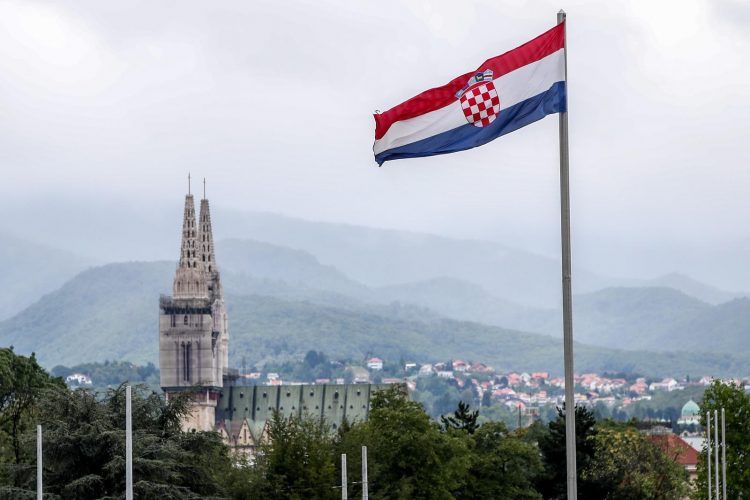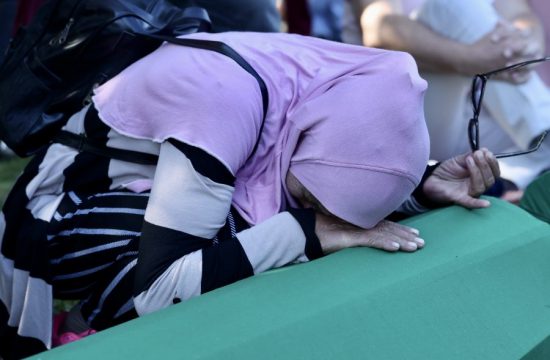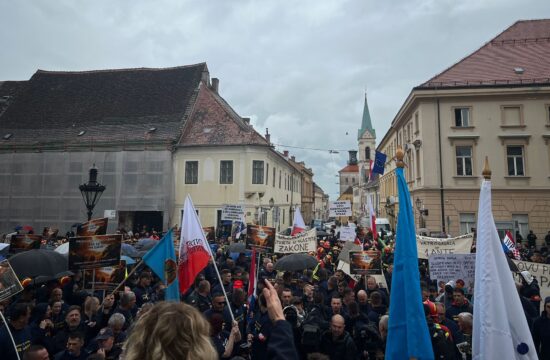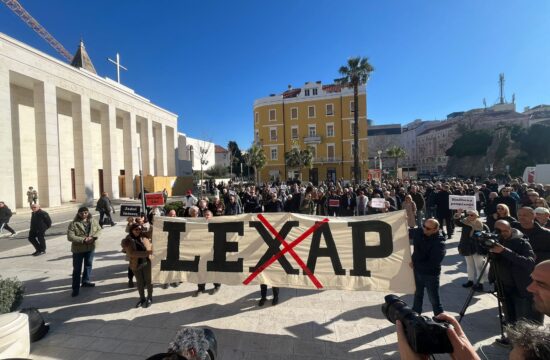
Thirty years ago today Croatia was recognised by EU member states, and Germany, which had a key role in that alongside the Vatican, also established diplomatic relations with Croatia, which on 15 January 1998 completed the peaceful reintegration of its Danube River Region, occupied in the war.
When Croatia was internationally recognised on 15 January 1992, the Homeland War was on and almost one-third of the country was under occupation by the Yugoslav People’s Army and Serb rebels.
In the evening of 15 January 1992, the then president Franjo Tuđman said that date would be carved in golden letters into the 14-century-long history of the Croatian people on the territory between the Mura, Drava and Danube rivers and the Adriatic Sea.
To his associates, he said, “We have created the internationally recognised Croatia. Let’s celebrate tonight and then roll up our sleeves in building a new democratic state.”
The international recognition was gradual after Croatia declared independence on 25 June 1991, when Slovenia also severed ties with the then Yugoslav federation. Croatia and Slovenia recognised each other the next day.
The Soviet Union was breaking up at the same time, with the Baltic states and Ukraine leading the way. They recognised Croatia in 1991 despite not being internationally recognised themselves. Lithuania did so on 30 July, Ukraine on 11 December, and Latvia and Estonia on 31 December.
Iceland, first internationally recognised state to recognise Croatia
Iceland was the first internationally recognised state to recognise Croatia, doing so on 19 December 1991, the same day as Germany, which decided that its recognition would enter into force the following 15 January, together with the other EU member states.
On 13 January 1992, Croatia was recognised by the Vatican, which announced the international recognition of Croatia and Slovenia the previous 20 December. The Vatican’s diplomacy was the first in the world to state on 3 October 1991 that it was working on Croatia’s international recognition.
On 14 January 1992, Croatia was recognised by San Marino and on the 15th by the UK, Denmark, Malta, Austria, Switzerland, the Netherlands, Hungary, Norway, Bulgaria, Poland, Italy, Canada, France, Spain, Portugal, Ireland, Luxembourg, and Greece. On the 16th, it was recognised by Argentina, Australia, the Czech Republic, Chile, Liechtenstein, New Zealand, Slovakia, Sweden, and Uruguay.
By the end of the month, Croatia was recognised by Finland, Romania, Albania, Bosnia and Herzegovina, Brazil, Paraguay, and Bolivia.
Russia recognised Croatia on 17 February, Japan on 17 March, the United States on 7 April, Israel on 16 April, although diplomatic relations were established five and a half years later, and China on 27 April.
Iran was the first Asian state to recognise Croatia on 15 March and Egypt the first African state on 16 April. On 22 May 1992, Croatia became a member of the UN and on 1 July 2013, the 28th member of the EU.
Peaceful reintegration of Danube River Region
15 January 1998 saw the completion of the peaceful reintegration whereby the until-then occupied territory of eastern Slavonia, Baranja and western Srijem, known as the Croatian Danube River Region, was restored into Croatia’s constitutional and legal order.
The Erdut Agreement on eastern Slavonia, Baranja and Western Srijem, which enabled the reintegration, was signed in Erdut and Zagreb on 12 November 1995 by the then Croatian president’s chief of staff, Hrvoje Šarinić, and the head of the Serb negotiating delegation, Milan Milanović, as well as by the then US ambassador to Croatia, Peter Galbraith, and UN mediator Thorvald Stoltenberg as witnesses.
The agreement marked the start of a two-year UN transitional administration during which the remaining temporarily occupied parts of Osijek-Baranja and Vukovar-Srijem counties were peacefully returned to Croatia’s constitutional and legal order, which enabled their reconstruction and the return of displaced persons and refuges.
The peaceful reintegration and achieving of peace were made possible by the Croatian army’s operations Flash on 1 May 1995 and Storm the following 5 August. The former liberated western Slavonia and the latter the town of Knin as well the largest parts of the occupied territory.




Kakvo je tvoje mišljenje o ovome?
Budi prvi koji će ostaviti komentar!